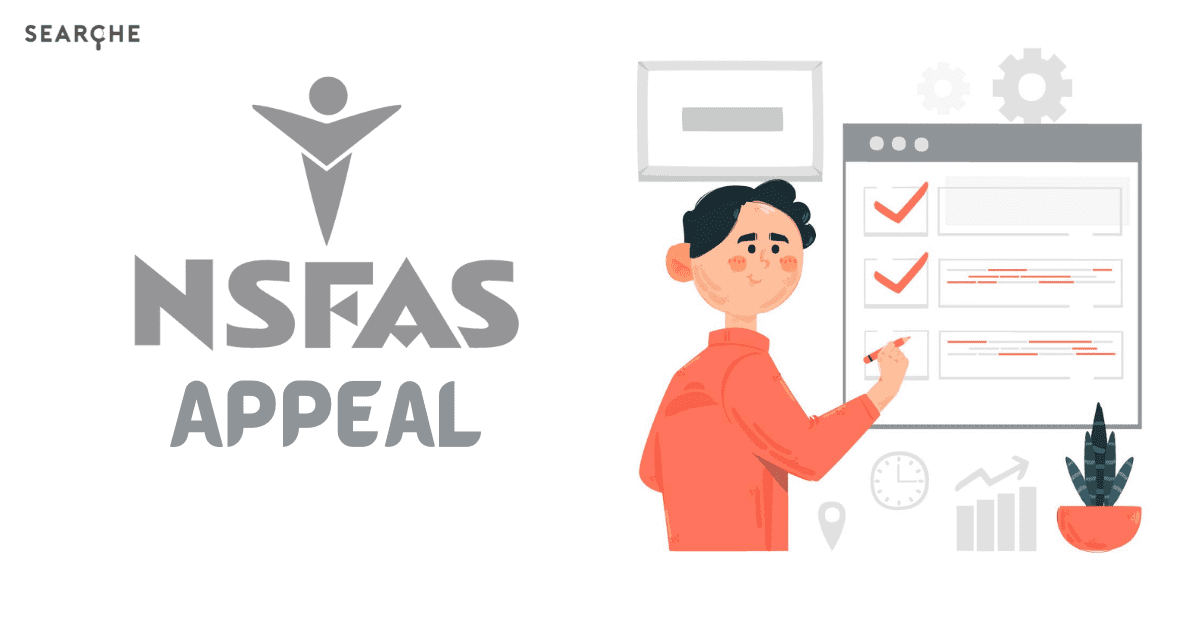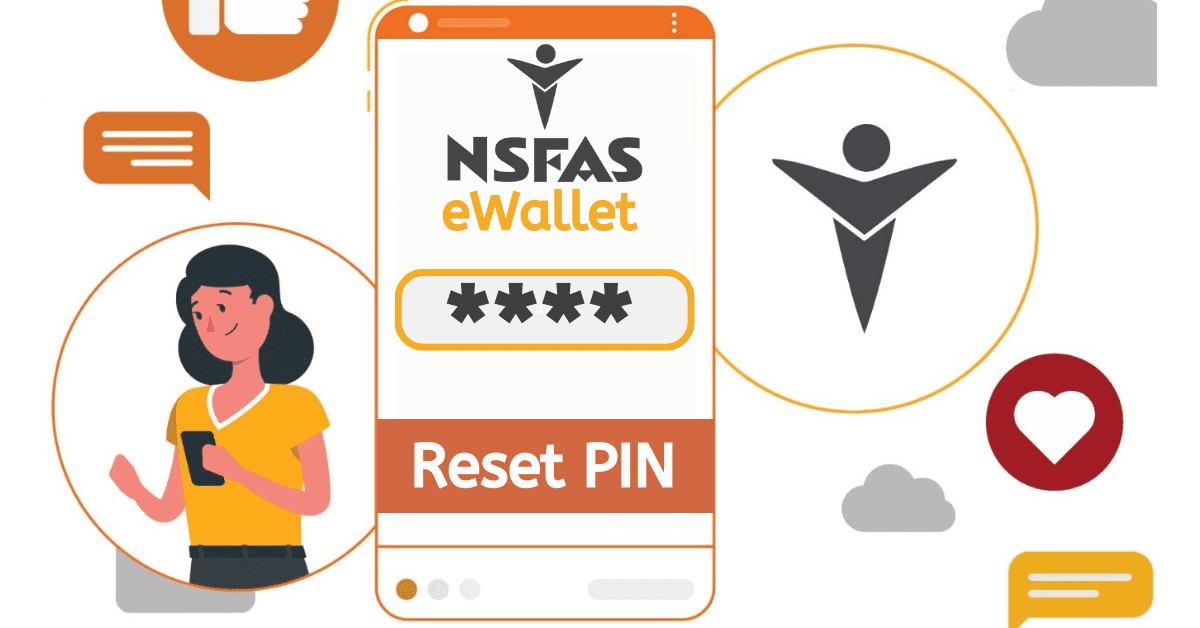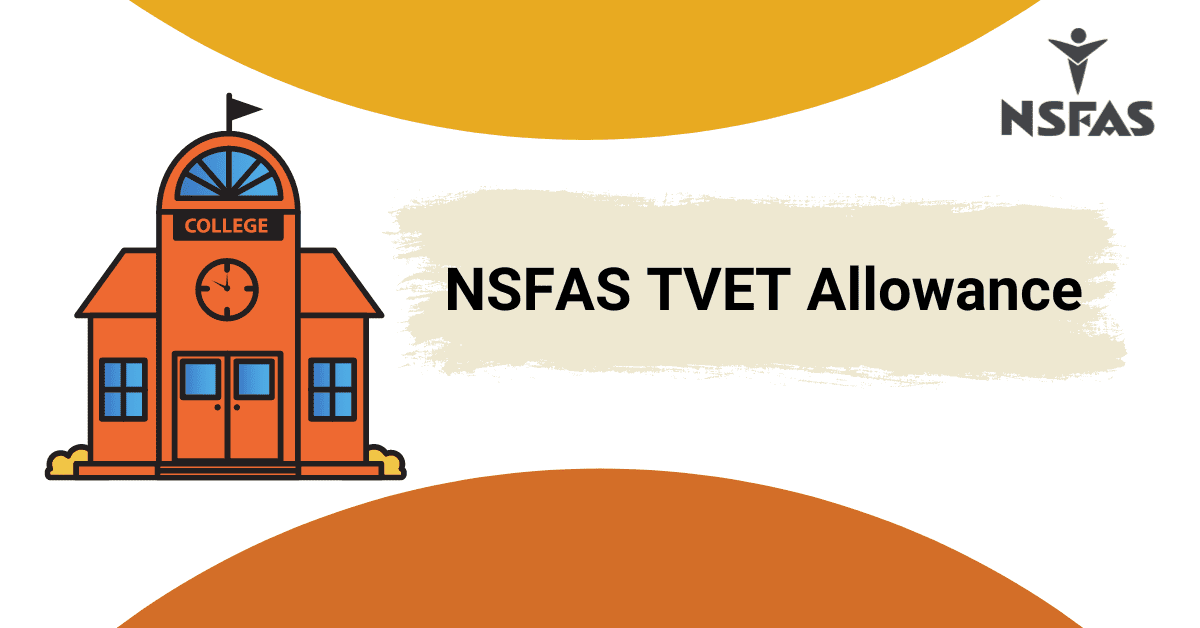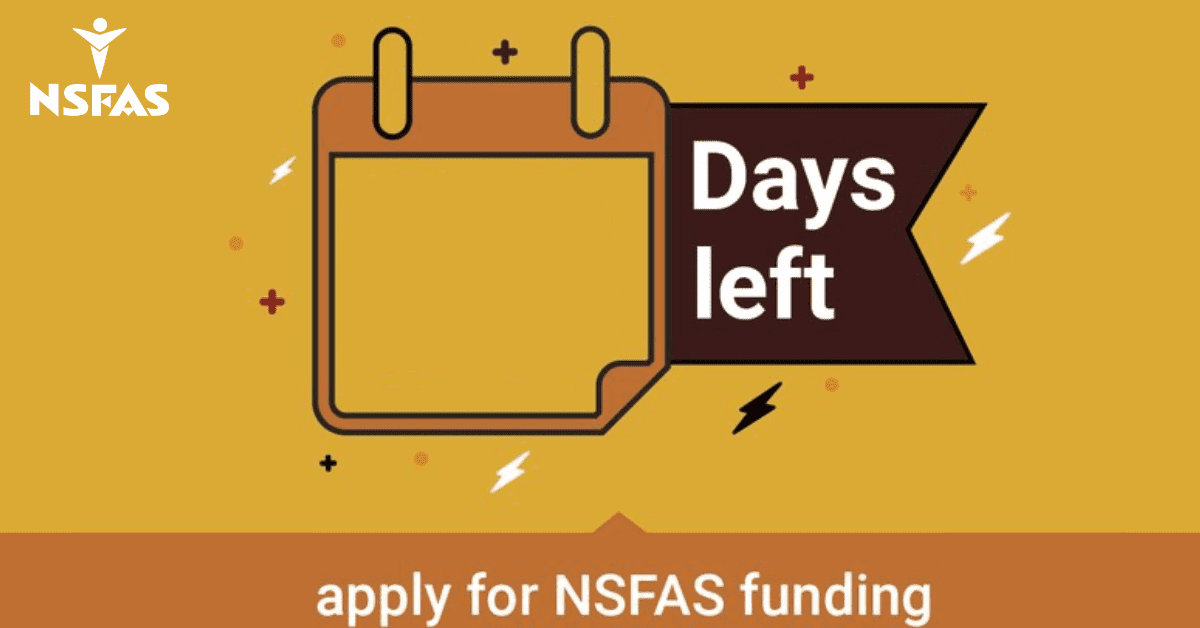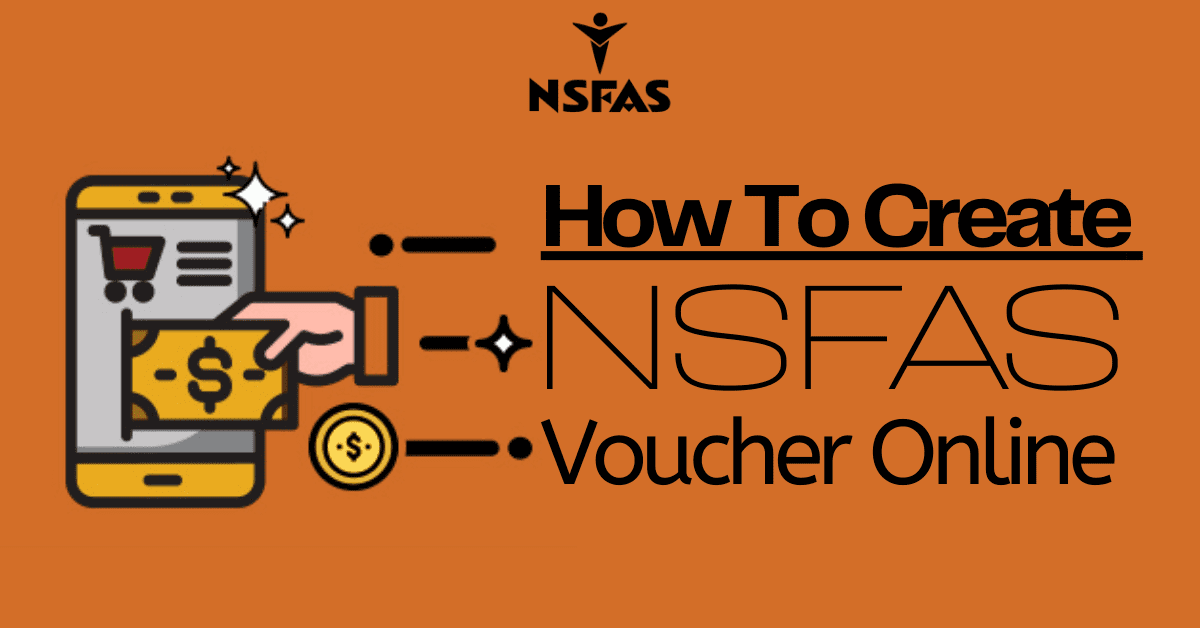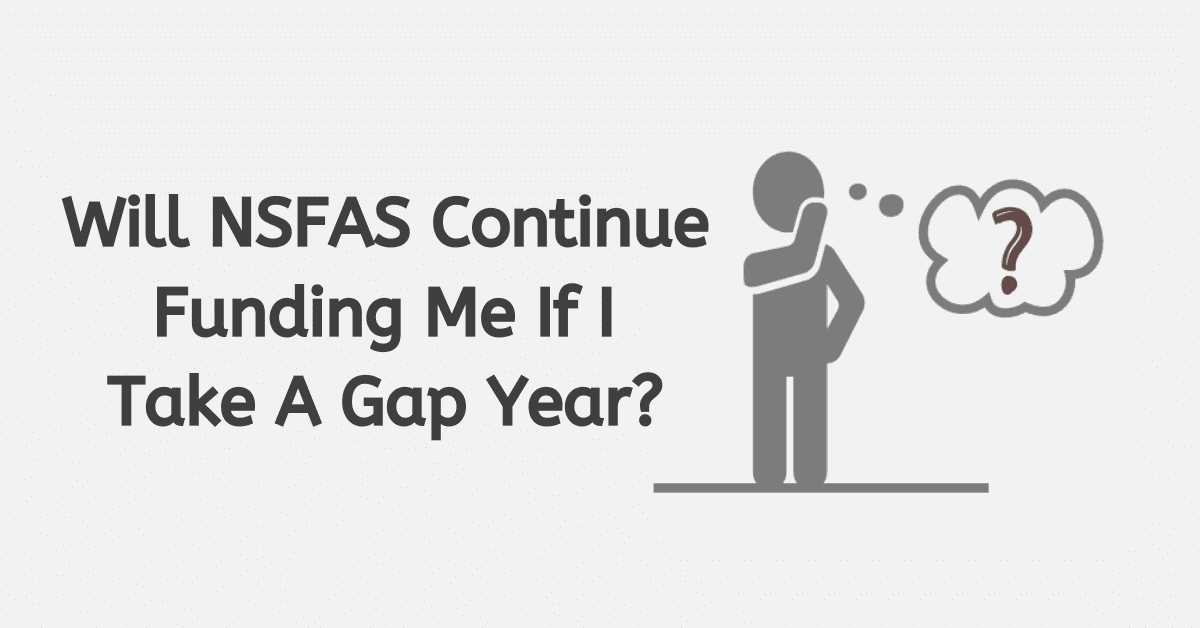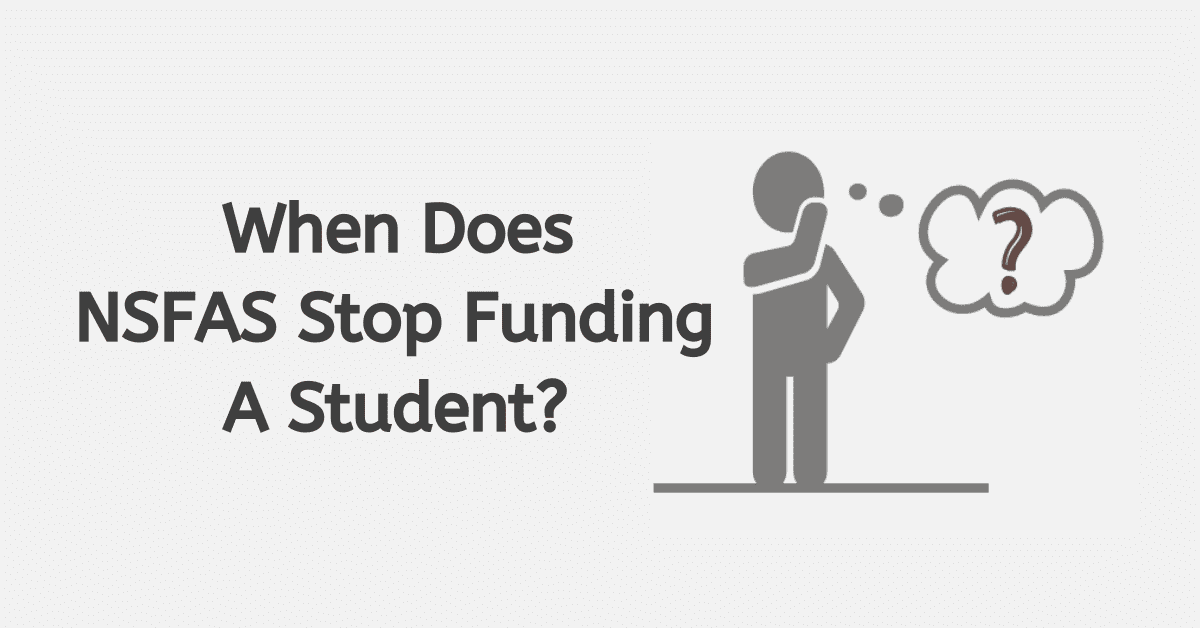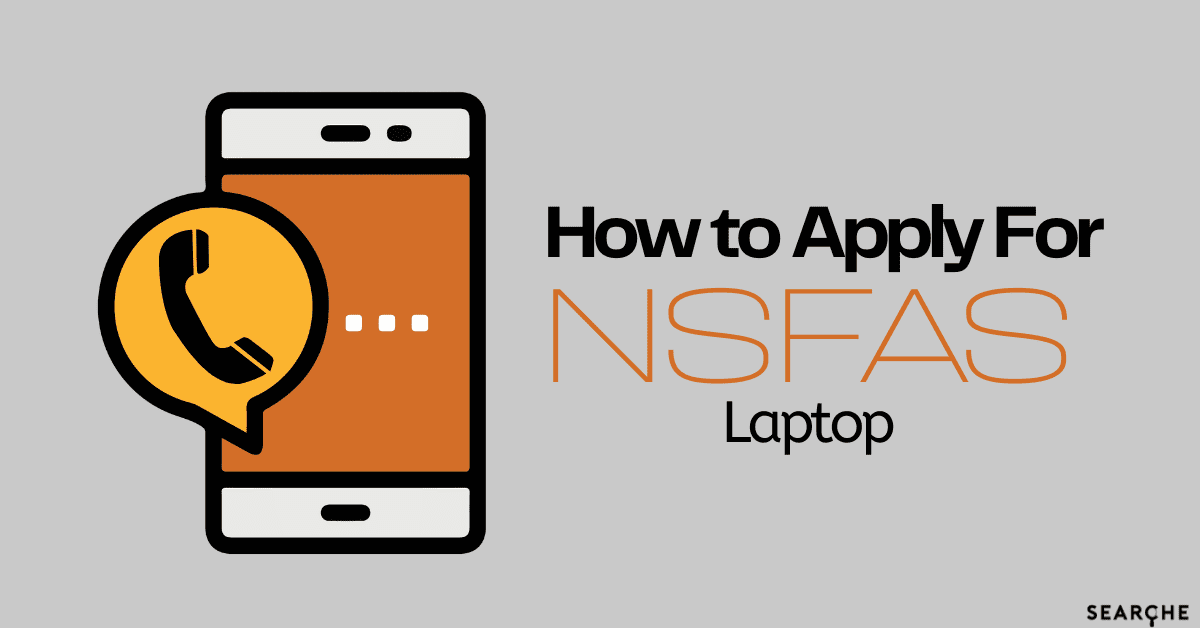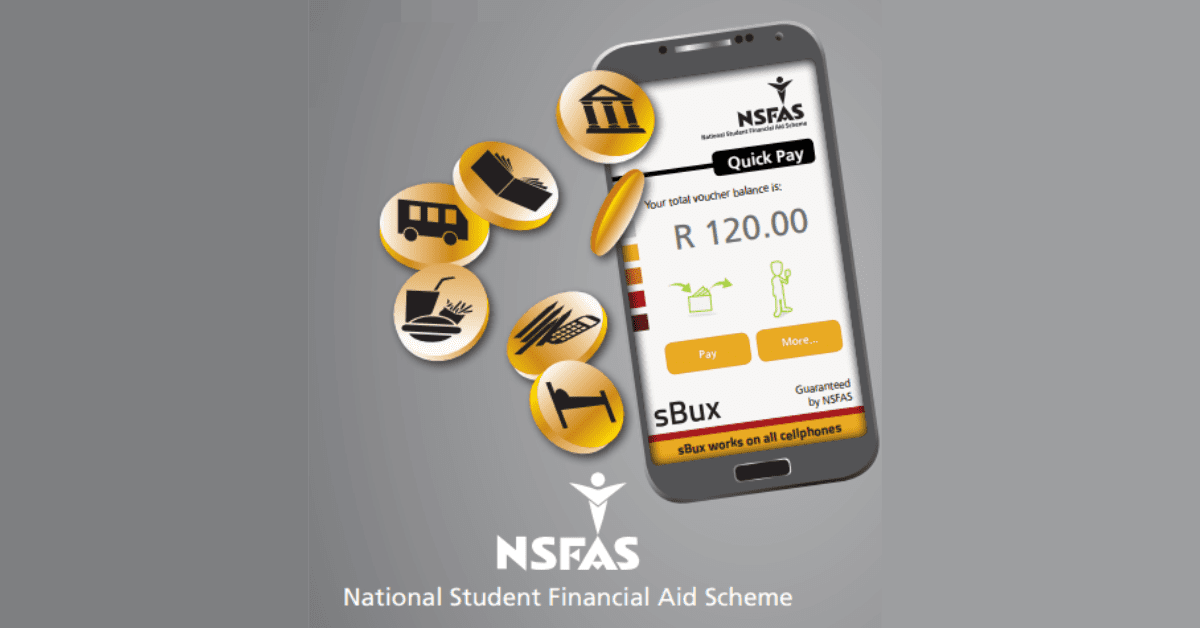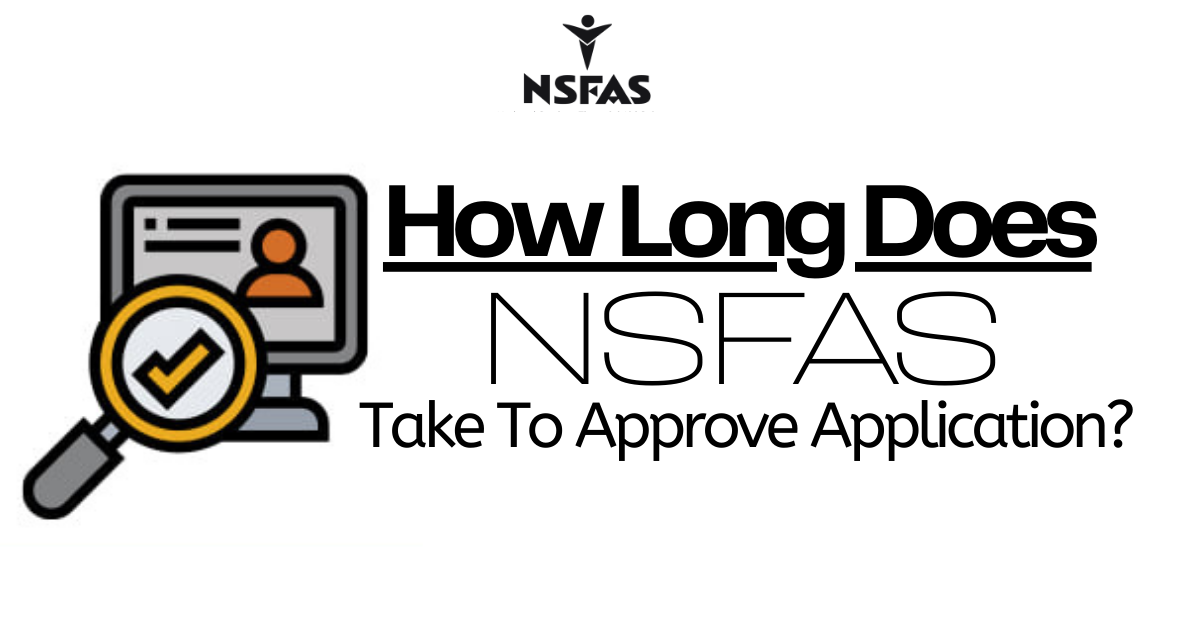NSFAS is a fantastic option for any person in South Africa from a low-income household that wants to pursue tertiary education. NSFAS offers funding in a bursary-based scheme for South African citizens that want to complete either an undergraduate degree or course at a South African public university or college or TVET college.
However, as it is a funding scheme, successful applicants will be required to sign a bursary agreement form.
What is NSFAS Bursary Agreement
The NSFAS bursary agreement is a legal document that binds the successful applicant to NSFAS. This legal document is a contract that both parties enter into. In short, it assures the applicant that they will receive the necessary funds from NSFAS to complete their studies, and it protects NSFAS as well.
Any first-time recipient of NSFAS funds or a senior student new to NSFAS and approved for funding must sign the bursary agreement before funds are disbursed.
How to Sign the NSFAS Bursary Agreement Form
NSFAS is a technologically advanced scheme, and almost all of its dealings with recipients of their funds happen online. That is why NSFAS has created the student portal. Each student, meaning a recipient of funds from NSFAS, will have an online profile that they can use to keep track of either their application status or their funding once approved.
Once an applicant has been successful, they will need to sign the bursary agreement form for them to be able to receive the funds they are then entitled to. First, the applicant will receive an email containing a notification that they must sign their bursary agreement.
Due to the fact that most of the NSFAS correspondence with both prospective and successful applicants occurs online, applicants are advised to monitor both their email and their student portal on the NSFAS website regularly. Once the student has received the notification that they will need to sign the document, they will need to click on the link to the online portal within the email.
Next, the applicant will be prompted to enter their ID number in order to receive an OTP (one-time pin). The OTP will be sent to the applicant’s cell phone. This cell phone will be the same as the one they used when signing up for the online student portal on the NSFAS website. For this step, students are encouraged to keep that particular cell phone close at hand. The applicant will receive the OTP via SMS. The OTP can then be used on the online portal to sign in, and the applicant must then sign the bursary agreement form online.
If the signing has been successful, the applicant will receive a notification that says that the Terms and Conditions of the bursary agreement have been submitted. Once this notification is received, the student can rest assured that they have successfully signed and that their funds will soon be disbursed.
In order for students to be able to complete this process successfully, they will need access to the email and cell phone that they used to register on NSFAS. If the student’s cell phone number has changed, they will need to send an affidavit specifying that they have changed their cell phone number, along with a green bar-coded ID to uds@nsfas.org.za. Students should include their old and new cell phone numbers in the affidavit.
Do You Have to Sign the NSFAS Bursary Agreement?
Yes. Any new senior student applying to NSFAS for the first time, and any first-time applicant, will need to sign the NSFAS bursary agreement in order to be able to receive their funds. Applying to NSFAS, in essence, means that you agree to their terms, and one of their terms is the signing of the NSFAS bursary agreement.
A successful applicant will have 30 days in which to sign the NSFAS bursary agreement. Failure to do so may result in NSFAS withdrawing the approved bursary, and the student will then not have access to any funds from NSFAS whatsoever.
What Does Signing of Agreement Mean on NSFAS?
In short, by signing the bursary agreement of NSFAS, an applicant promises that they meet the requirements to be eligible for NSFAS and will be using the funds for the purposes intended. The agreement includes details on the eligibility criteria regarding applicants, which includes both academic and financial eligibility.
By signing, students agree that they are registered at an approved tertiary educational institution for an approved course or degree and that they fall within the low-income households as specified by the NSFAS eligibility criteria.
The agreement also includes details on the types of funds that will be made available to the student, including allowances. It also includes student obligations which detail what is expected of the student during their time of the study. Students also agree that any and all information that they have submitted to NSFAS is correct, factual, and legal.
Furthermore, the agreement protects NSFAS by ensuring they have the right to request any necessary documents to corroborate a student’s studies from a said tertiary institution. Additionally, the agreement contains a clause that specifies when and how NSFAS is allowed to terminate funding of any particular student, which will only happen if that student breaches the terms of the agreement.
The Long and Short of It
The agreement, for the most part, is very much a standard legal contract, and students should not feel hesitant in signing it. However, as is the case with any legal contract, students are reminded that it is in their own best interests to thoroughly read through the agreement before signing it to ensure that they understand what is expected of them once they have received their funds.
